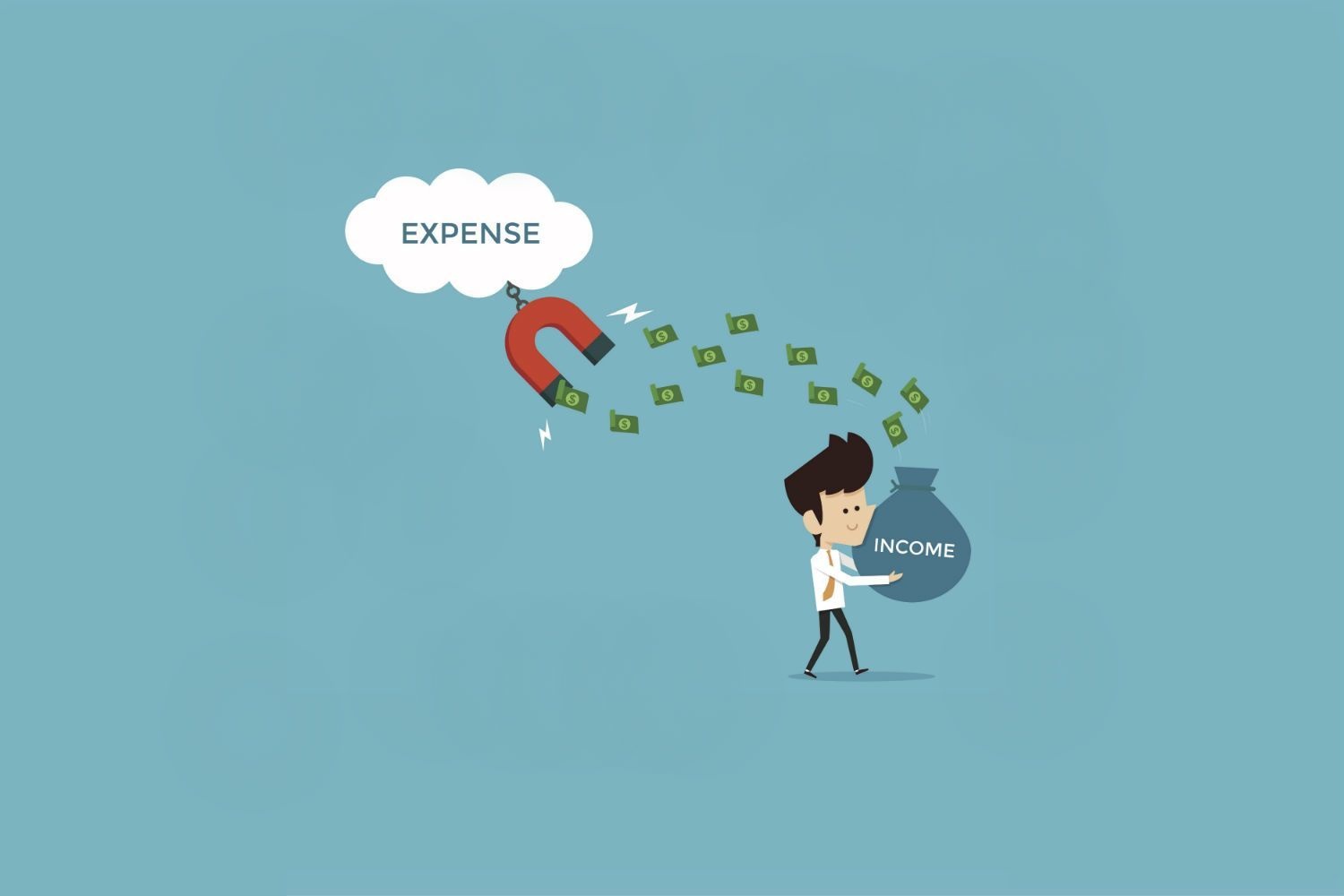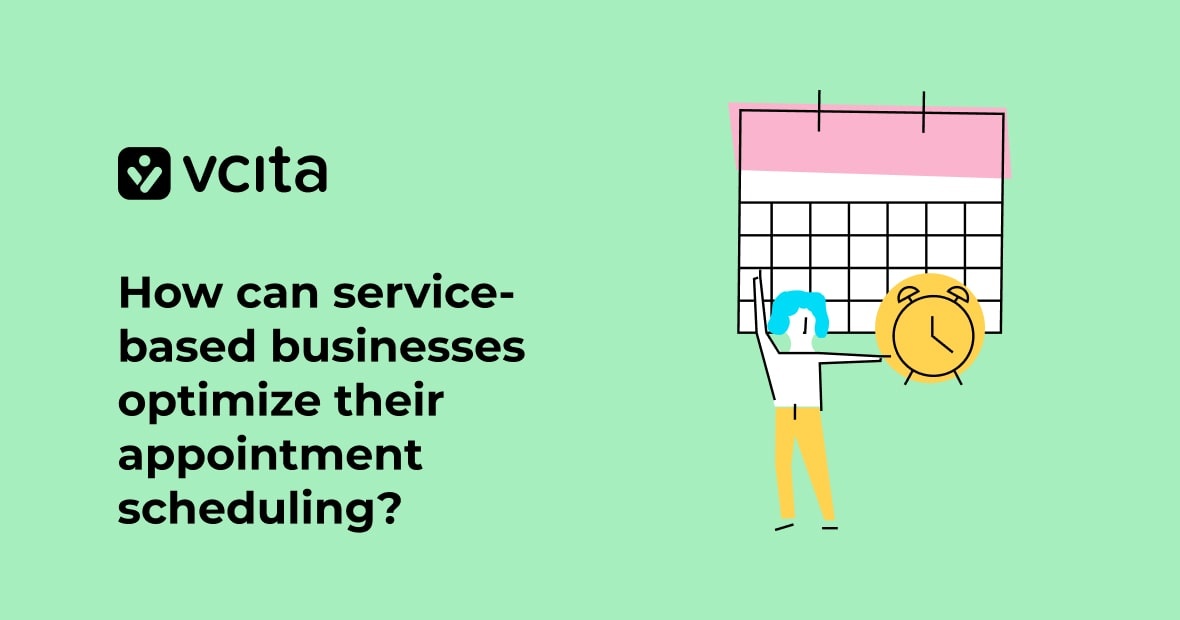When you think about tracking expenses, you might associate it with taxes—and for good reason. Tracking expenses is crucial for business owners to reduce taxes, maintain healthy profit margins, and manage budgets effectively. Starting with a simple expense tracking spreadsheet is a practical approach.
- 📈 Business owners often overpay taxes due to inadequate expense tracking.
- 📝 A simple expense tracking spreadsheet is an effective starting point.
- 🧾 Customize the spreadsheet in Excel to suit your specific needs.
- 💰 The “Income & Expenses” tab allows recording transactions with details.
- ✏️ Adjust the spreadsheet by adding columns for project numbers and service types.
- 🗂️ Organize receipts and maintain digital copies for easy retrieval.
- 💳 Opening a separate business bank account simplifies expense tracking.
- 📊 Match tax expense categories with government forms for easy tax reporting.
- 📋 Create a budget to manage finances effectively.
- 💼 Consider using business management software as your business grows.
If you’re new to tracking your expenses, the easiest way to do it is to start out with a simple expense tracking spreadsheet. It’s a quick solution that will help make sense of that pile of receipts in the corner of your desk, while also keeping a running total of your net income. Read on for instructions on how to use the spreadsheet, plus some general tips on expense tracking.
Business expense spreadsheet
There’s no one-size-fits-all method for tracking expenses, but everyone needs somewhere to start. One of the advantages of starting off in Excel is that you can customize the document to suit your needs, so you’re tracking exactly what you want to. It can also help you figure out what to look for if you decide to use an expense tracking app in the future. Here are the main features of the spreadsheet, and some of the ways you can tweak it to make it just right for you:
Tab ‘Income & expenses’
This is where you’ll record money coming in or out of your business. For each transaction, you can select an account, date, description, and category from drop down menus in each cell, so you know exactly where your money came from or where it went. Enter the amount in or amount out, and the formulas will keep a running total of your account balances and overall total. Here are some ways you might choose to adjust the spreadsheet:
- Business owners who invoice for reimbursable expenses might want to add columns for project numbers. If you offer a number of different services with specific expenses, you might also decide to add a column for service types to keep better track of your overhead on each.
- To make it easier to compare your expense tracker to your bank statements, you could copy and paste the register tab for a new report each month.
- If you need to track taxes you’ve paid on business expenses, you can also try adding a tax column and a net total column, so the total sales taxes you’ve paid are separated from the net total.
Tab ‘Input’
Here’s where you can edit the contents of the dropdown menus to suit your account types, expense categories, and descriptions. For example, if you accept multiple payment types, you can track what method your client used to pay in the “descriptions” column. Anything you enter in these columns will show up in the dropdown menus of the “register” tab.
- You can add more drop-down menu options here for new columns you’ve created in the “Income & Expense” tab.
- If you often wait for payment on your invoices, or receive invoices that you don’t pay right away, try adding another date column and labeling them “cash date” and “accrual date.” The accrual date is the date you send or receive an invoice, rather than when the cash changes hands. As a bonus, this can help you track how long it takes your clients to pay you, and how long you take to pay your suppliers.
- You can also use pivot tables to analyze your expenses by type, to get more of a detailed look of your expense breakdown. For links, take a look at the “help” section of your spreadsheet.
5 bookkeeping rules to make expense tracking painless
It’s no fun sorting through a pile of receipts at the last minute when you realize it’s tax time, but if you put in a little work upfront, you won’t have to. Here are some basic bookkeeping practices that will make expense tracking easy:
1. Research tax law in your area
The tax laws in your area will determine what expenses you can claim on your tax return and what sales taxes you can get a refund for—and as a result, should inform what expenses you track. Since claiming your expenses will reduce your net taxable income, you’ll end up paying less in taxes if you’ve been tracking expenses properly.
Depending on if you charge government sales taxes for your services, you may also be able to reclaim the sales tax (VAT, for example) you were charged on business expenses. Tax law changes all the time, so make sure to check up on it every year, especially before tax season.
2. Keep copies of your original receipts
In addition to being legally required records, your receipts serve as backup of the data entry in your spreadsheet. Storing your receipts by month in a paper folder is a common method; however, it’s a good idea to keep digital copies as well. Take pictures of receipts on your phone and store them in folders on your computer—or better yet, in cloud storage like Google Drive. Including things like the date and receipt type in their file name will help you if you need to search for receipts later.
3. Open a separate business bank account
Expense tracking will be a lot easier if you open a separate business bank account and purchase any business expenses with a business credit card. That way, your credit card statement serves as backup for any other expense tracking method you use, without personal expenses muddying the waters.
You might decide to hold off if your business is just a side gig, but getting a business bank account is a must if your business is your main source of income. The fees associated with business accounts vary, so take some time to do a little comparison shopping before you decide on one.
4. Match tax expense categories with yours to make taxes simpler
Whether you do your own taxes or get an accountant to help you, you’ll have to report your expenses based on the categories in your government tax forms (for example, schedule c from form 1040 in the US). To make your taxes less of a hassle, use those as the categories you track your expenses under, so the totals are ready for you when you fill out the form. It will also help you remember overlooked expense categories like mileage, professional licenses, and interest—ones you might otherwise wish you had tracked if you hadn’t looked them up beforehand. Don’t wait until tax time! Spending a little time every week updating your report will save you a huge headache in April.
5. Make a budget
Tracking your income and expenses is the first step towards managing your money—the second step is making a budget. This is especially important if you need to save for some big purchases, or apply for a loan.
Sometimes it’s easy to spend a little extra here and there, which can end up as a lot if you’re not tracking it. Other times, it’s easy to get into the habit of charging for what you think your time is worth, but not accounting for expenses in your overall fees—particularly if you’re charging for hourly services. Making a workable budget might mean finding ways to reduce your overall expenses, or it might mean considering a fee increase to cover your overhead, depending on what your spending or invoicing habits are. Even if you’re not struggling, it’s always a good idea to revisit your budget from time to time to make sure you’re on the right track.
In managing a small business’s finances, adapting tools for efficiency and accuracy becomes crucial. One such example is leveraging templates where appropriate, such as utilizing a novelty bank statement generator PDF. It raises the question, Why is this bank statement generator PDF used? It simplifies creating custom bank statements for presentations or tracking without starting from scratch. Perfect for organizing financial information in a standardized format that’s easy to understand.
A few final thoughts
It’s best to keep things simple when you’re just starting out—but once you start growing, you might want to consider accounting software to help you track expenses. Having the option to store scanned receipts in the cloud and organize them digitally can save a lot of time when business is picking up.
Consulting with an accountant is also a good option, particularly if you have a lot of expensive equipment you need to deduct, or are managing employees. It’s one surefire way to get the right advice about the records you need to keep, which can get tricky in these complex scenarios. If you’re thinking about keeping more complete financial records, accountants can also help you create a full chart of accounts for your business.
Tracking expenses gives you knowledge about your business, and knowledge is power. With it, you can fine-tune your spending habits and invoicing, take advantage of the tax breaks you’re entitled to, and save money in the process. Those little receipts can make a big difference!




























